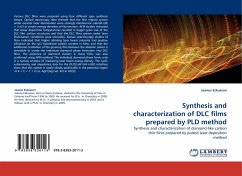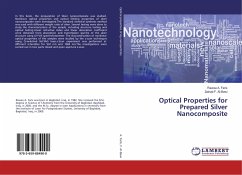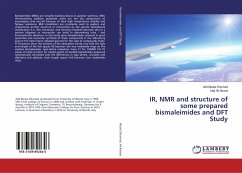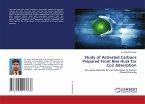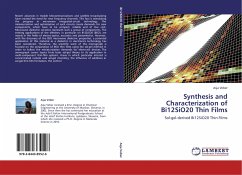Various DLC films were prepared using four different type synthesis setups. Optical microscopy data showed that the film regions grown under excimer laser illumination were strongly interference colored ( E 3 eV) at certain energy densities of illumination. AFM studies indicated that lower deposition temperatures resulted in bigger grain size of the DLC film surface structures and that the DLC films grown under laser illumination conditions were smoother. Raman spectroscopy studies of films indicated that higher ablating laser beam intensity had positive influence on the sp3 hybridized carbon content in films and that the additional irradiation of the growing film between the ablation pulses is inevitable to create the individual diamond phase formation into DLC films. The existence of diamond clusters in these films was also confirmed using AFM method. The individual diamond phase forms only in a narrow window of irradiating laser beam energy density. The cyclic voltammetry and impedance data for the DLCE xM NaF+H2O interface show that this system is nearly ideally polarizable in the potential region 0.4 E 1.1 V [vs. AgCl Ag (sat. KCl in H2O)].
Bitte wählen Sie Ihr Anliegen aus.
Rechnungen
Retourenschein anfordern
Bestellstatus
Storno

